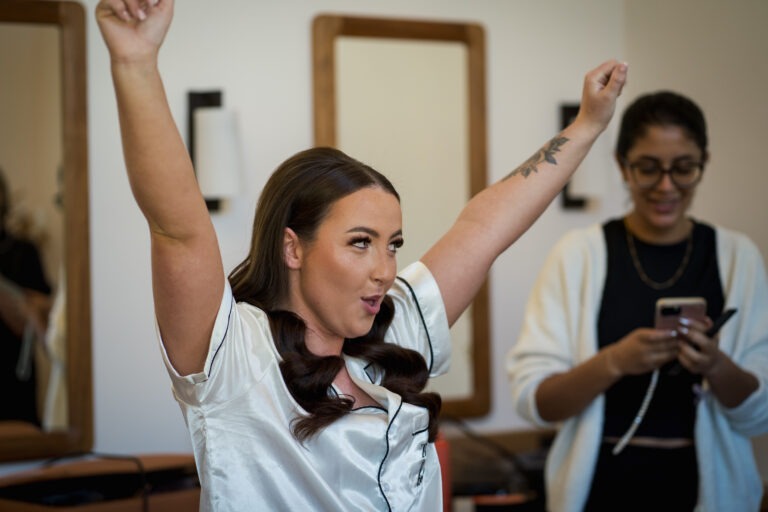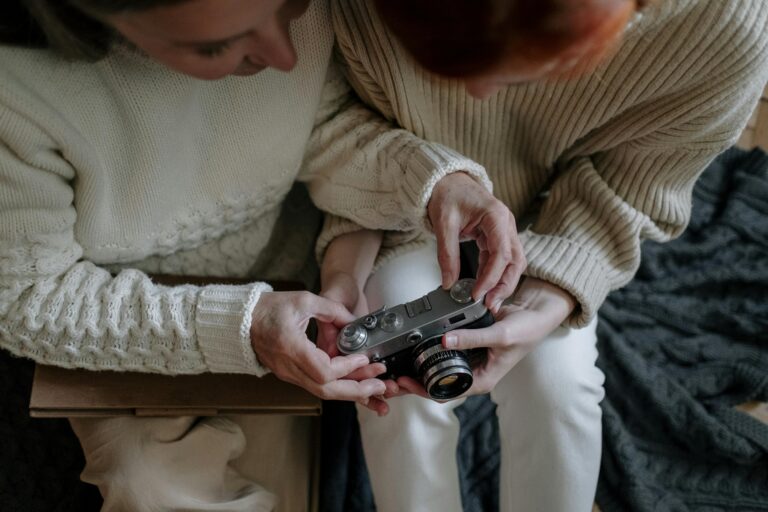Blur in photography is often associated with imperfection, a technical error that photographers try to avoid. But what if the blur is intentional? What if the lack of sharpness in an image holds a deeper meaning? In a world where high-resolution images and crystal-clear details are celebrated, blurred photographs invite viewers to see things differently. Whether used to evoke emotion, create abstraction, or hint at the passage of time, blur carries its own visual language. It has become a powerful tool in artistic photography, adding layers of interpretation that go beyond the literal representation of a subject. But what does blurriness really symbolize? Does it signify imperfection, or does it serve a more profound artistic purpose?
From motion blur in street photography to dreamy soft-focus portraits, blur can alter the way we perceive an image. It can shift attention away from physical details and focus on mood, emotion, and atmosphere. Some photographers use blur to explore memory, uncertainty, or nostalgia, while others embrace it to challenge conventional aesthetics. This article explores the deeper symbolism of blur in photography, examining how it can transform an image into a story, a feeling, or an abstract form of art.
Blur as a Metaphor for Imperfection and Uncertainty
Blurred images can represent imperfection, chaos, or ambiguity. Unlike traditional sharp photography, where every detail is crisp and precise, blur disrupts expectations. It forces the viewer to engage with the image differently, interpreting its meaning rather than passively absorbing details. In an era where perfection is often idealized, a blurred photograph can be a radical rejection of that notion.
Blurry images can symbolize the fragility of human memory. Think about old family photos that have faded over time—blurry edges, softened details, and indistinct faces. These imperfections make them feel more authentic, capturing the fleeting nature of moments we struggle to hold onto. Photographers often use blur to convey this sense of ephemerality, as if the subject is slipping away before our eyes.
Blur can also represent confusion and uncertainty. In conceptual photography, a blurred figure may reflect inner turmoil, identity struggles, or a sense of displacement. Motion blur, in particular, is often used to express restlessness, fast-paced life, or the feeling of being lost in time. The lack of clarity in these images invites the viewer to interpret them through their own emotions and experiences.
Abstraction and the Power of Suggestion
Blur has long been a tool for abstraction in photography. By removing fine details, it forces viewers to focus on shape, colour, and movement rather than specific subjects. This is why many fine art and experimental photographers use blur to create painterly effects or surreal atmospheres.
Blurry images can leave room for interpretation, allowing each viewer to bring their own perspective to the photograph. Unlike sharply focused images that present a subject as it is, a blurred image suggests rather than defines. This is particularly evident in street photography, where blurred figures and cityscapes capture the energy and movement of urban life without being tied to a single subject.
In fashion and portrait photography, soft focus is often used to create a dreamy, romantic effect. This technique, popular in classic Hollywood photography, gives subjects an ethereal, timeless quality. The slight blur smooths out imperfections and adds a sense of nostalgia, enhancing the emotional depth of the image.
The Emotional Weight of Blur in Photography
Emotionally, blur can evoke feelings of nostalgia, longing, and even sadness. A blurred photograph may suggest distance—both physical and emotional—between the subject and the viewer. This is why out-of-focus images are often associated with memory, as our recollections of the past are rarely crystal clear. Instead, they are fragmented, softened, and sometimes distorted.
A blurred background can emphasize isolation or introspection. When a subject is sharply in focus against a blurred environment, it creates a sense of detachment, making the subject appear lost in thought or separated from their surroundings. This effect is commonly used in portrait photography to highlight emotion and storytelling.
Blur can also be a symbol of transition and transformation. When motion blur is used to capture movement, it can imply change, growth, or the passage of time. This is why it’s often used in conceptual photography to illustrate ideas of progress, fleeting moments, or the impermanence of life.
Breaking the Rules: Blur as a Statement Against Tradition
In traditional photography, technical precision has always been valued. Sharpness, clarity, and perfect focus have long been the markers of a great image. However, contemporary photographers are increasingly challenging these conventions by embracing blur as an intentional stylistic choice.
Blurry images reject the idea that perfection is necessary for artistic expression. Many modern photographers use out-of-focus elements to create a raw, emotional aesthetic that prioritizes feeling over technical accuracy. This is evident in the rise of experimental and alternative photography techniques, where blur is deliberately incorporated to disrupt conventional beauty standards.
Photographers who choose to work with blur are making a statement: that photography is not just about capturing reality, but about interpreting it. Blur allows for artistic freedom, enabling photographers to manipulate time, movement, and emotion in ways that sharp images cannot. It also invites viewers to engage with the image on a deeper level, encouraging them to look beyond surface details and connect with the essence of the photograph.
Conclusion
Blur in photography is more than just a mistake—it is a language of its own. Whether symbolizing imperfection, creating abstraction, evoking emotion, or making a statement against traditional photography norms, blur carries a depth of meaning that goes beyond sharpness and detail. In a world obsessed with perfection and clarity, the beauty of blur lies in its ambiguity. It allows photographers to tell stories in a unique way, transforming ordinary images into something deeply expressive and thought-provoking.
As photography continues to evolve, so too will our understanding of blur. What was once seen as an error is now recognized as an intentional artistic tool, used to evoke emotion, distort reality, and challenge our perception of what an image should be. The next time you see a blurred photograph, take a moment to consider what it might be saying—sometimes, the things we can’t see clearly are the ones that speak the loudest.
SEO Keywords:
- The meaning of blur in photography
- Why are some photographs intentionally blurry?
- Abstract photography with blur
- Emotional impact of blurry images
- Out of focus photography symbolism
- Motion blur in conceptual photography
- Soft focus vs. sharp focus in photography
- The artistic value of blurred photography
- Symbolism in photography techniques
- Breaking photography rules with blur





